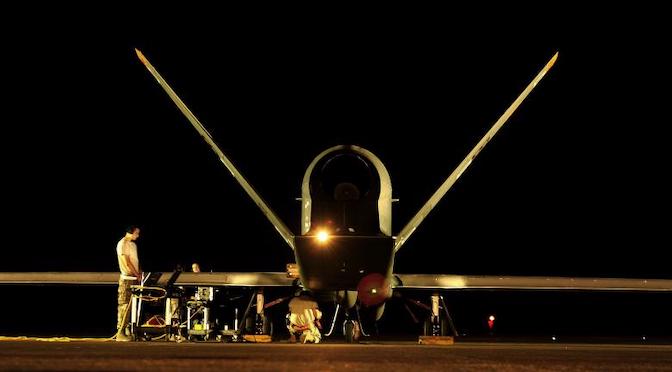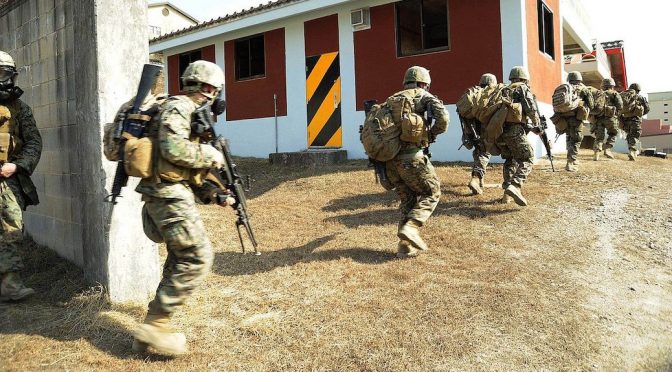A central tool in the United States’ counterterrorism strategy over the past two decades has been the use of remotely piloted aircraft, more commonly known as drones, to target members of Al Qaeda and other associated terrorist groups. These drone strikes have been largely concentrated in northwest Pakistan, Yemen, and Somalia, although the exact number… Continue reading Analyzing the Impacts of Targeted Killing: Lessons for the United States
Tag: War on Terror
Information Lawfare: Messaging and the Moral High Ground
The U.S. legal system is known as the envy of the world. Yet law as an instrument of national power has been woefully understudied. Traditional academic frameworks for studying the instruments of national power do not consider the full potential of law to be used as a weapon of war between states, a concept known… Continue reading Information Lawfare: Messaging and the Moral High Ground
“Until They Are Effectively Destroyed”: The U.S. Approach on the Temporal Scope of Armed Conflicts with Terrorist Organizations
Warfare has transformed in the modern age from traditional warfare to more states engaging in non-international armed conflict, like the so called “war on terror.” However, the United States adheres to a standard regarding the end of non-international armed conflicts that deviates from the various approaches of international law practitioners and scholars. In this article,… Continue reading “Until They Are Effectively Destroyed”: The U.S. Approach on the Temporal Scope of Armed Conflicts with Terrorist Organizations



